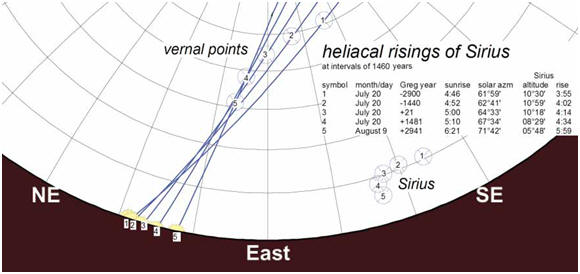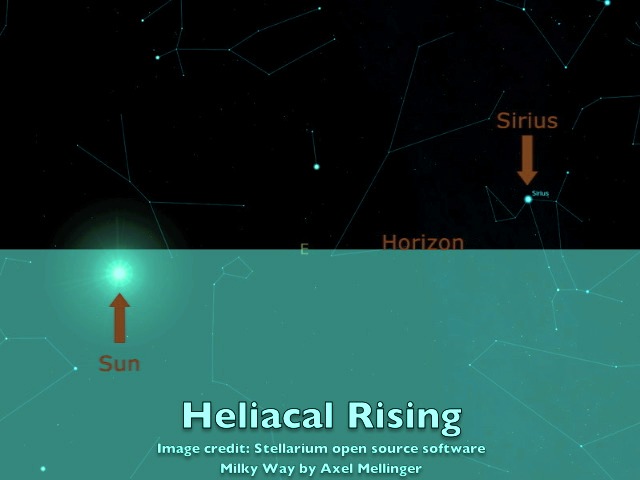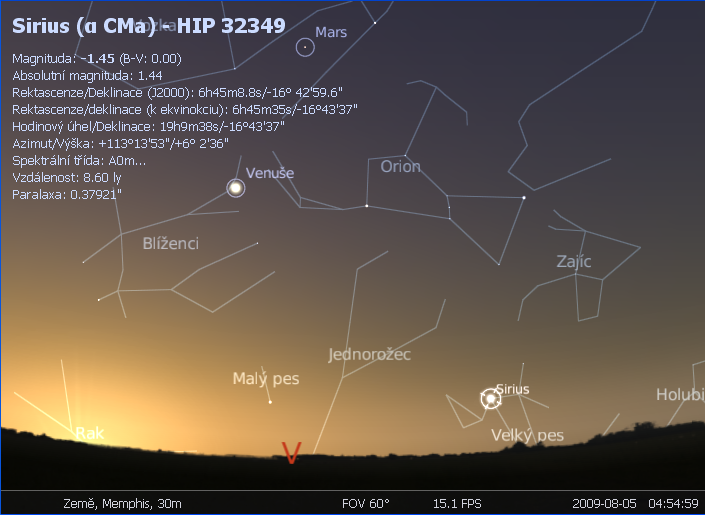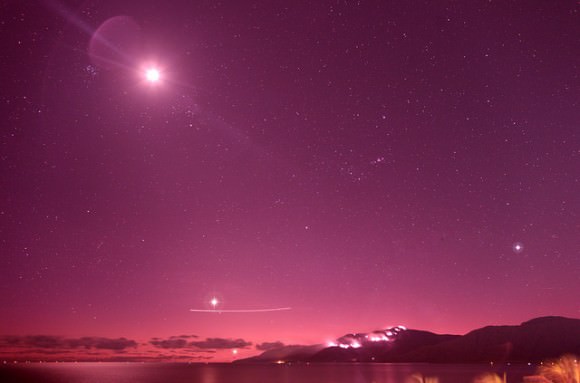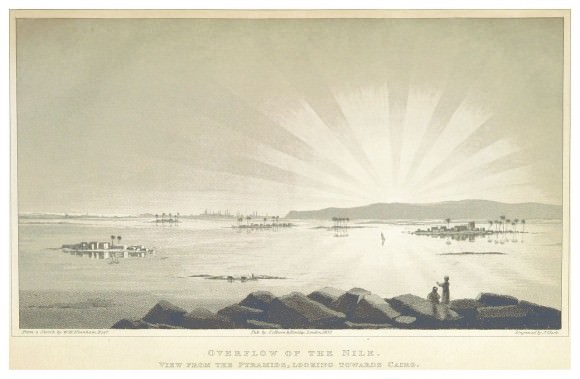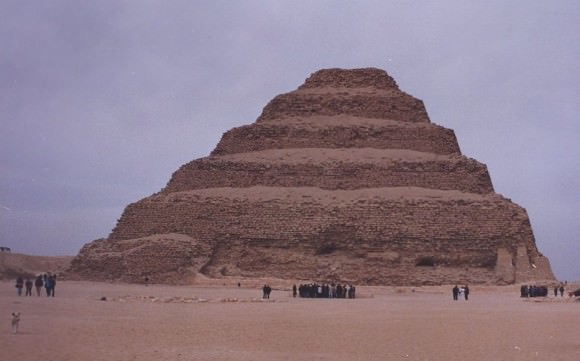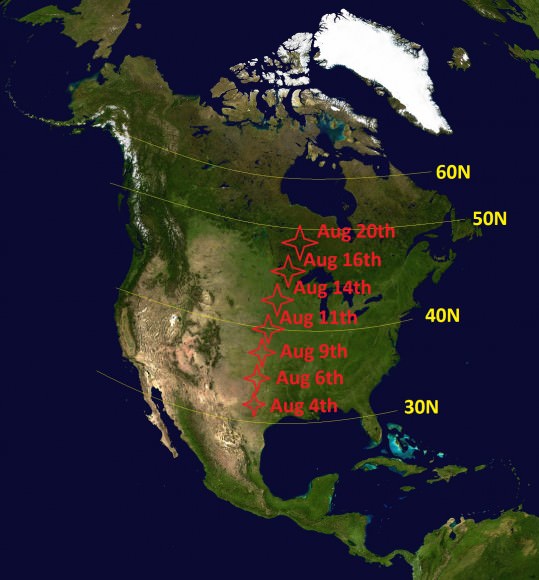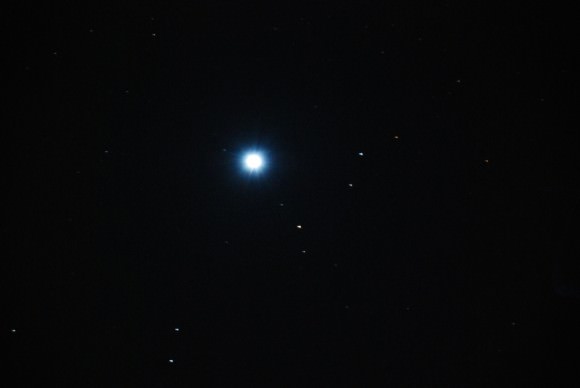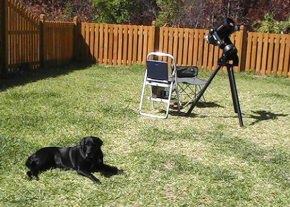Cenáculo o Aposento Alto
Jerusalén

Cenáculo o Aposento Alto (© Israel Ministry of Tourism)
El Salón del Cenáculo sobre el monte Sión en Jerusalén es donde se conmemoran dos grandes eventos de la temprana Iglesia Cristiana: La Última Cena y la venida del Espíritu Santo sobre los apóstoles.
• La Última Cena fue la comida que Jesús compartió con sus apóstoles la noche antes de su muerte. Durante esa comida instituyó la Eucaristía.
• La llegada del Espíritu Santo en Pentecostés está reconocida como el inicio del nacimiento de la Iglesia Cristiana.
El Cenáculo está situado en el nivel superior de un edificio de dos pisos cerca de la Iglesia de Dormition, al sur de la Puerta de Sion en los muros de la Vieja Ciudad de Jerusalén.
En la parte de arriba está el minarete de una mezquita musulmana; en la parte de abajo se encuentra un altar judío que es venerado como la Tumba del Rey David (aunque este no se encuentra enterrado allí).
Distinta a la de Leonardo da Vinci

Peregrinos en el Cenáculo (Berthold Werner)
El Cenáculo no está universalmente aceptado como el lugar del “aposento alto” que se menciona en Marcos 14:15 y Lucas 22:12. Pero una investigación arqueológica muestra que este fue construido encima de una iglesia-sinagoga construida por la comunidad judeocristiana del primer siglo en Jerusalén. Se han encontrado fragmentos de yeso con inscripciones griegas, en una de los cuales se ha interpretado el nombre de Jesús. Esta habría sido la primera Iglesia Cristiana.
El único sitio que compite y afirma poseer el “aposento alto” es la Iglesia Ortodoxa Siria de San Marcos (también en el Monte Sion)
Independientemente del sitio, el lugar original de la Última Cena habría sido una simple sala – muy diferente a las que representan los cuadros de Leonardo Da Vinci y otros artistas.
Símbolo de la sangre de un pelícano
El actual arco-Gótico del Cenáculo es una restauración de una capilla de las Cruzadas construida en el siglo 12 como parte de la Iglesia de Nuestra Señora del Monte Sión.
Entre los detalles arquitectónicos del período de las Cruzadas, se encuentra una delgada columna de mármol que sostiene un toldo de piedra en la esquina sur-este. Esculpido en el capitel sobre la columna están dos jóvenes pelícanos alimentándose de la sangre de su madre que brota de su pecho, lo que simboliza a Cristo dando su sangre para la salvación de la humanidad.
En el siglo 16, después de que los turcos ocuparon Jerusalén, el salón fue transformado en una mezquita en memoria del profeta David. Aún se conserva su mihrab (un nicho que señala la dirección de la Meca) y vitrales con inscripciones árabes todavía permanecen.
Donde Pedro fue dejado afuera tocando la puerta
De acuerdo a una tradición del inicio del Cristianismo, el “aposento alto” estaba en el hogar de María, la madre de Juan Marcos, el autor del Evangelio de Marcos (y presuntamente también del joven que huyó desnudo, dejando atrás sus sábanas y vestidos, para escapar de las autoridades cuando Jesús fue arrestado en el jardín en Getsemaní, un evento que narra en Marcos 14:51).

Pelícanos alimentándose de la sangre de su madre en una columna del Cenáculo (©Custodia Terrae Sanctae)
Esa casa fue un lugar de reunión de los seguidores de Jesús. Estaba dentro de las paredes de la ciudad de Jerusalén. En una localidad que fue el hogar de sus más acaudalados residentes.
Fue también la casa a la que Pedro se dirigió después que el ángel del Señor lo liberara de la prisión. En Hechos 12:12-16 dicen que una sirvienta llamada Rhoda estuvo tan feliz de reconocer su voz que lo dejó tocando la puerta de afuera mientras fue a avisarle a los discípulos que estaban reunidos.
Logrado a un alto costo
El lugar del Cenáculo fue también el primer lugar sagrado que obtuvieron los Franciscanos. Fue comprado in 1335 gracias a los esfuerzos del Rey Roberto y la Reina Sancia de Nápoles, “luego de dificultosas negociaciones y altísimos costos”.
Las estructuras que rodean al “aposento alto” son en realidad restos de un monasterio Franciscano medieval.
Con el paso de los siglos las construcciones de los Franciscanos eran frecuentemente destruidas y los frailes eran maltratados e incluso asesinados.
En las Escrituras:
La Última Cena: Mateo 26:17-30; Marcos 14:12-25; Lucas 22:7-23; Juan 13:1—17:26
Institución de la Eucaristía: 1 Corintios 11:23-26





